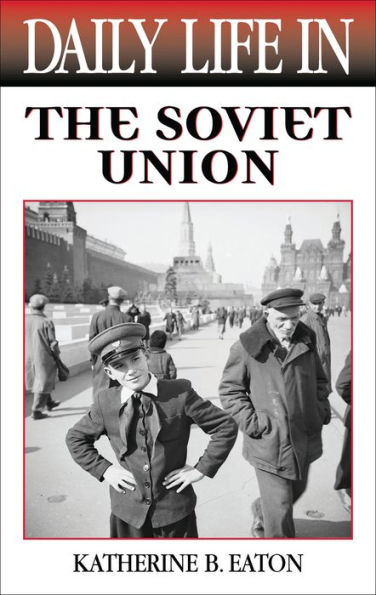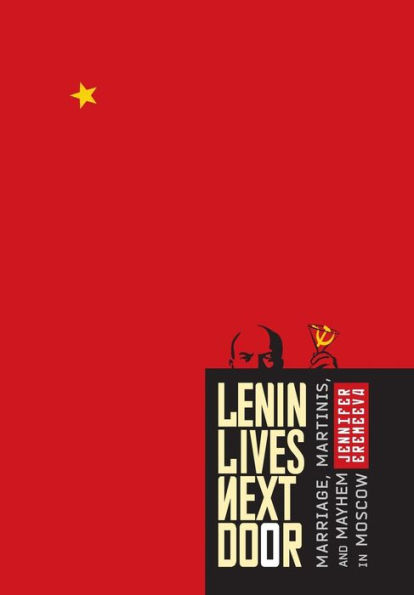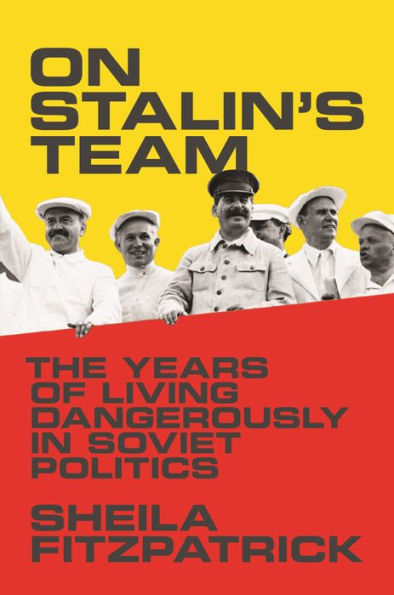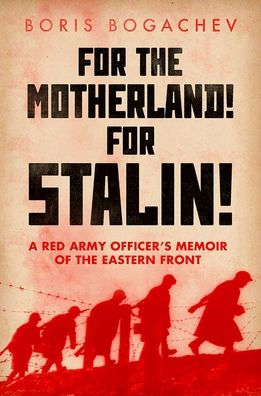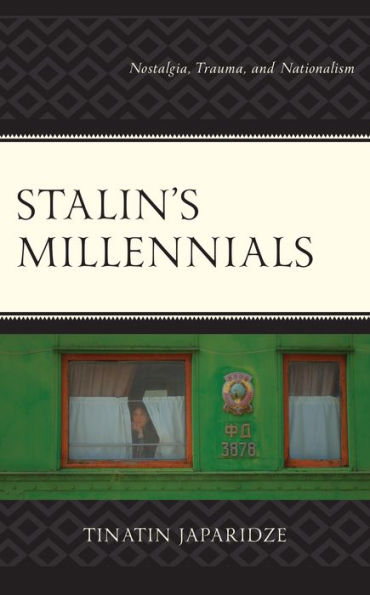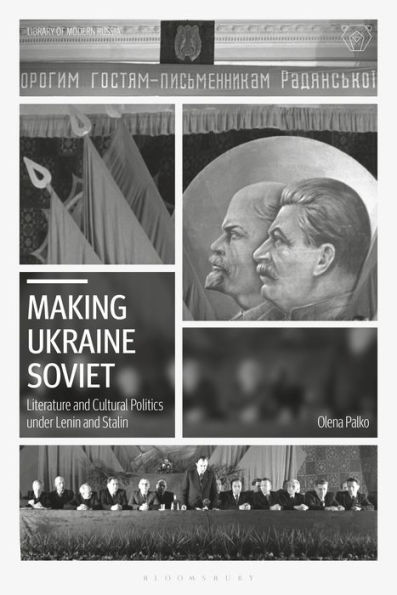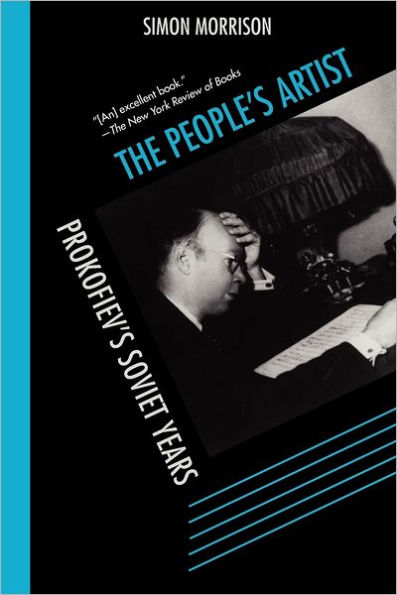Home
Life Has Become More Joyous, Comrades: Celebrations in the Time of Stalin
Barnes and Noble
Life Has Become More Joyous, Comrades: Celebrations in the Time of Stalin
Current price: $39.95
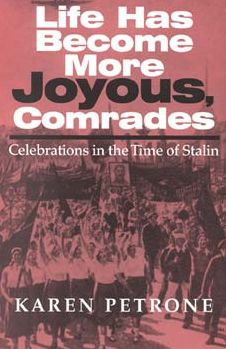

Barnes and Noble
Life Has Become More Joyous, Comrades: Celebrations in the Time of Stalin
Current price: $39.95
Size: OS
Loading Inventory...
*Product information may vary - to confirm product availability, pricing, shipping and return information please contact Barnes and Noble
Life Has Become More Joyous, ComradesCelebrations in the Time of StalinKaren PetroneA lively investigation of the official and unofficial meanings of Stalinist celebrations."An impressive and highly readable book that . . . casts a clear and disturbing light on the relationship of Stalinist mythology, state power, popular participation, and the unending complexities of social and cultural survival mechanisms and daily life." —Richard StitesIn the Soviet Union in the 1930s, public celebrations flourished while Stalinist repression intensified. What explains this coincidence of terror and celebration? Using popular media and drawing extensively on documents from previously inaccessible Soviet archives, Karen Petrone demonstrates that to dismiss Soviet celebrations as mere diversion is to lose a valuable opportunity for understanding how the Soviet system operated. As the state attempted to mobilize citizens to participate in the project to create New Soviet men and women, celebration culture became more than a means to distract a population suffering from poverty and deprivation. The planning and execution of celebrations reflected the Soviet intelligentsia's efforts to bring social and cultural enlightenment to the people. Physical culture demonstrations, celebrations of Arctic and aviation exploits, the Pushkin Centennial of 1937 and the 20th Anniversary of the October Revolution, and the celebration of New Year's Day were opportunities for the Soviet leadership to fuse traditional prerevolutionary values and practices with socialist ideology in an effort to educate its citizens and build support for the state and its policies. However, official celebrations were often appropriated by citizens for purposes that were unanticipated and unsanctioned by the state. Through celebrations, Soviet citizens created hybrid identities and defined their places in the emerging Stalinist hierarchy, allowing them to uphold the Soviet order while arrests and executions were rampant. This rich look at celebrations reveals the complex dialogues and negotiations between citizens and leaders in the endeavor to create Soviet culture.Karen Petrone is Assistant Professor of History at the University of Kentucky.Indiana-Michigan Series in Russian and East European Studies—Alexander Rabinowitch and William G. Rosenberg, editorsContentsInterpreting Soviet CelebrationsPart 1: Soviet Popular Culture and Mass MobilizationParading the Nation: Demonstrations and the Construction of Soviet IdentitiesImagining the Motherland: The Celebration of Soviet Aviation and Polar ExploitsFir Trees and Carnivals: The Celebration of Soviet New Year's DayPart 2: The Intelligentsia and Soviet EnlightenmentA Double-edged Discourse on Freedom: The Pushkin Centennial of 1937Anniversary of Turmoil: The Twentieth Anniversary of the October RevolutionCelebrating Civic Participation: The Stalin Constitution and Elections as Rituals of DemocracyCelebrations and Power
